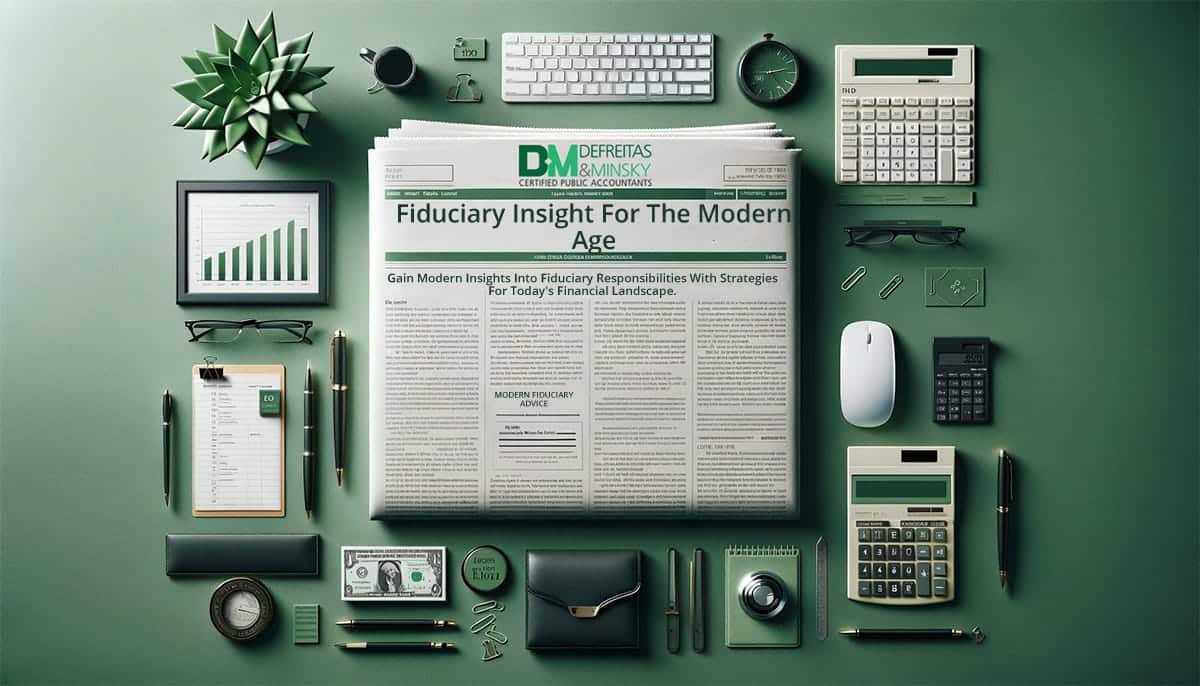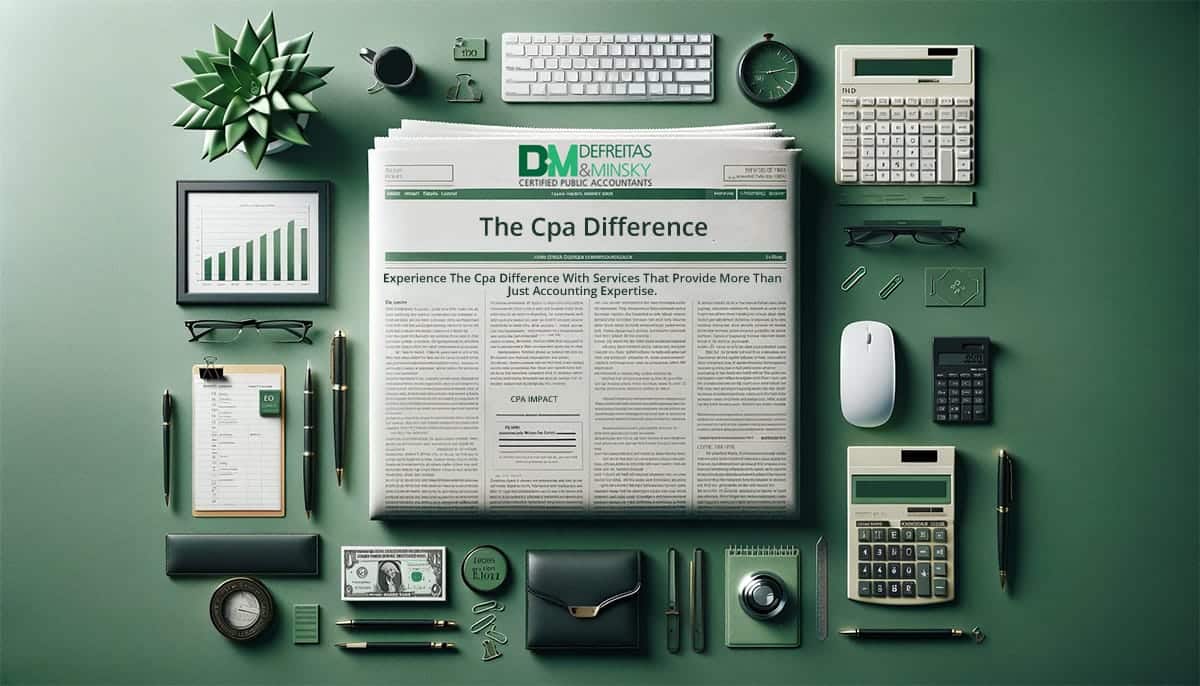There are several strategies to consider when planning your investments, many of which are dependent on the length of your investment term. Oftentimes, investors will opt for the lowest possible investment risk because they’re afraid of downturns in the market, but not taking a risk could be more detrimental in the long run. If you never take risks, you’re preventing your portfolio from ever seeing any significant growth, meaning that your money isn’t working as hard as it could be for you.
One type of investment that is virtually risk-free is buying into US Treasury bills (T-Bills). These are short-term arrangements wherein the individual buys in at a discounted rate, so that there’s a positive yield when the bill reaches maturity. T-Bills are generally issued with either one-month, three-month, six-month, or one-year maturity terms. Unlike other types of investments, T-Bills do not accrue interest over the investment term, which is why you buy in at a rate that’s less than its full value—your return is thus guaranteed upon the maturity of your T-Bills.
A subsidiary of Morningstar, Ibbotson Associates, recently studied what the returns on a $1 investment in 1925 would be today. They found that if someone had invested $1 in T-Bills in 1925, and continued reinvesting the return income, it would have grown to more than $20 by the end of 2013. With regard to inflation, $1 in 1925 is about $13 today, so that means the hypothetical investment would have stayed ahead of inflation. However, these figures fail to consider transaction costs or income taxes, in which case the investment could have actually fallen below the inflation rate.
With the numbers for a long term investment in T-Bills in mind, looking to other investment options prove to yield significantly higher returns. Intermediate-term Treasury Bonds, with five year maturities, are not completely risk-free, but they’re definitely lower risk than most alternatives. Under the same assumptions as the T-Bills model, that same $1 would have grown to $93 at the end of 2013 if invested in Treasury Bonds. Throughout the years, there were a few losses in the market, with the steepest calendar year loss measuring at -2.3% in 2009.
On the other hand, had you invested that very same dollar in large company US stocks in 1925, by 2013 you’d have more than $4,600 in growth! The 88 year time-period certainly saw its share of ups and downs—with a serious decline of 37% on 2008—but the overall return would have been well-worth sticking through the rough times.
While many investors find it much too difficult to keep investing when times are bleak, the longer you have for your money to work for you, the better your odds at higher returns when investing in risky stocks. After all, the term “high risk, high reward” doesn’t exist for nothing!
If you have questions about the investment risks that are best suited for you, call the tax professionals at DeFreitas and Minsky LLP at (516) 746-6322!







